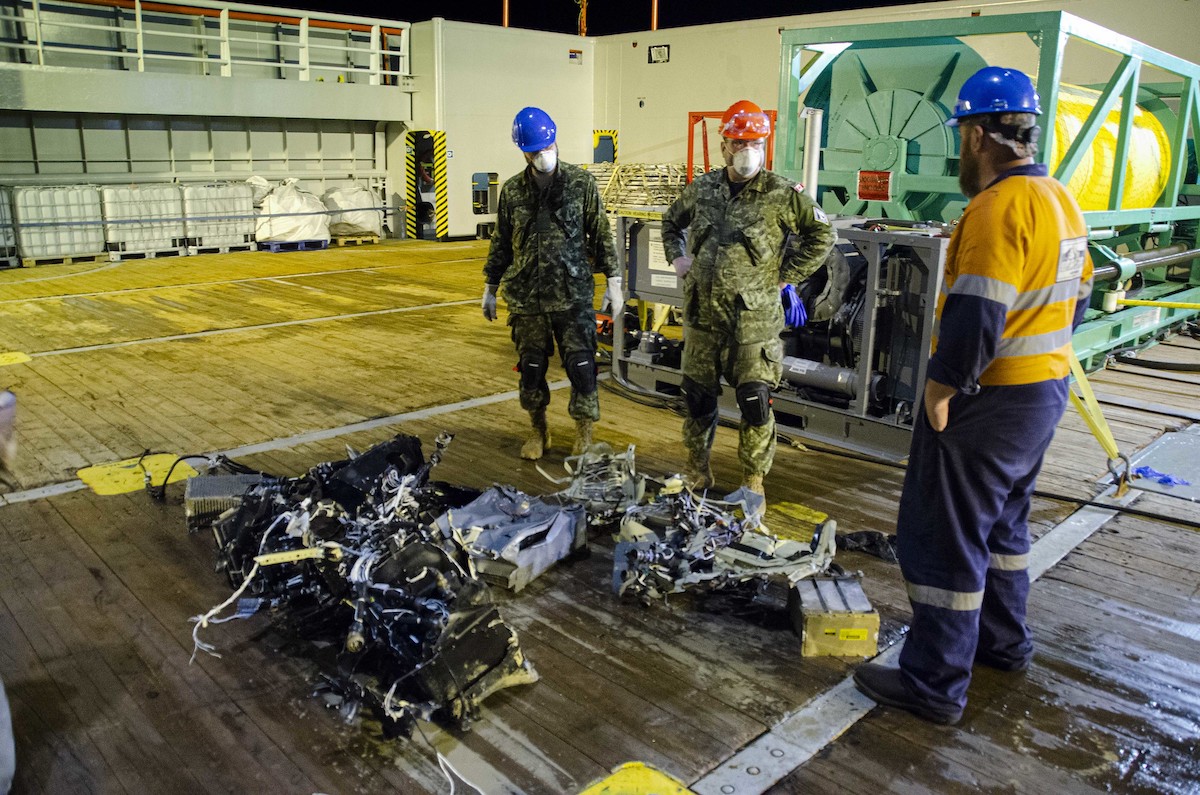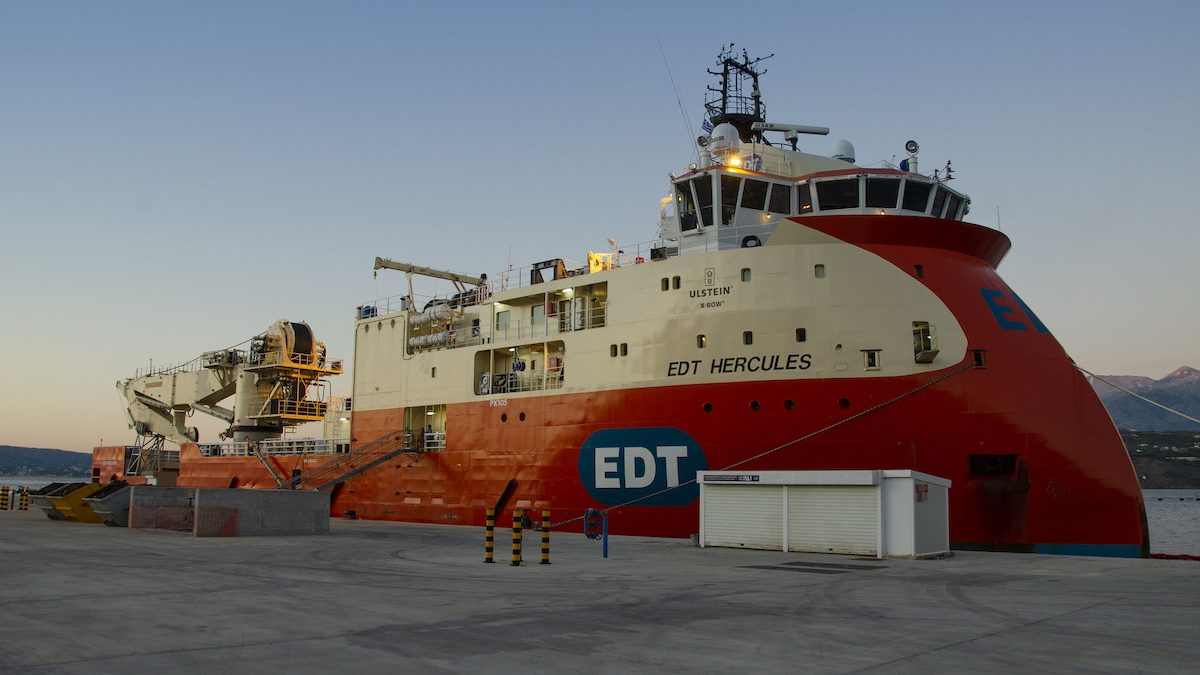A decision was made yesterday to conclude the recovery operation of the crashed Royal Canadian Air Force CH-148 Cyclone helicopter that went down on April 29th in the Mediterranean Sea. A statement from RAdm Craig Baines, Commander Maritime Forces Atlantic states that a team comprising of Canadian Armed Forces (CAF) and the United States Navy (USN) members was involved in the recovery operation starting on May 25th. After eight days of combing the crash site, they located the helicopter, some remains of six CAF members, and multiple pieces of the aircraft.
‘While we were able to recover remains of some of our fallen, it is important to note that we have not identified these remains and it is unknown at this time whether we have found everyone,” the statement states. “This will only be completed once the remains have been brought to Toronto where any positive identification, as well as confirmation of the number of personnel found, will be done using scientific methods by a Forensic Pathologist. Once this is complete, the identities of the remains will be released to the families and then the public.”
Here is a summary of the recovery operation:
- May 25 – The recovery team departed Souda Bay, Greece, on the EDT HERCULES, which is an offshore multi-purpose support vessel that served as the platform for the deep-sea recovery
- May 26 – The EDT HERCULES arrived at the search site approximately 220 nautical miles east of Catania, Sicily. After about two hours of preparation, the team was able to get the ROV in the water and quickly begin the search for Stalker 22.
- From that time on to yesterday, the recovery team used a United States Navy “Remora” Remotely Operated Vehicle, or ROV with a Fly Away Deep Ocean Salvage System (FADOSS) that can operate to a depth of 6,000 metres. The team operated the ROV and located the debris in very short order due to the cooperative weather and sea conditions.
- The Remora took about three hours to reach the ocean floor and within eight minutes the sonar and cameras on the ROV revealed a large portion of the helicopter fuselage, which became the centre point for the rest of the search.

“Given that we had very accurate data on where the helicopter entered the water, we did not have to rely on the underwater locator beacon, and would have only rigged the detection system to the ROV if we had difficulty locating the helicopter,” the statement continues. “Given that we discovered it so quickly, it did not end-up being required and we cannot confirm if it was still emitting a signal.”
- The aircraft components were found in several clustered groups at over 3,143 meters deep with a debris field spanning about 260 metres by 230 metres.
“Unfortunately, no portion of the main cabin was left intact following the crash, including the external cockpit structure. The largest piece at the wreckage site was the rear deck/ramp area of the helicopter and the next largest intact piece was the tail pylon and tail rotor blades.”
The recovery team is onboard EDT Hercules en route to Augusta Bay, Italy. Upon arrival, the remains will be prepared to transport back to Canada.

